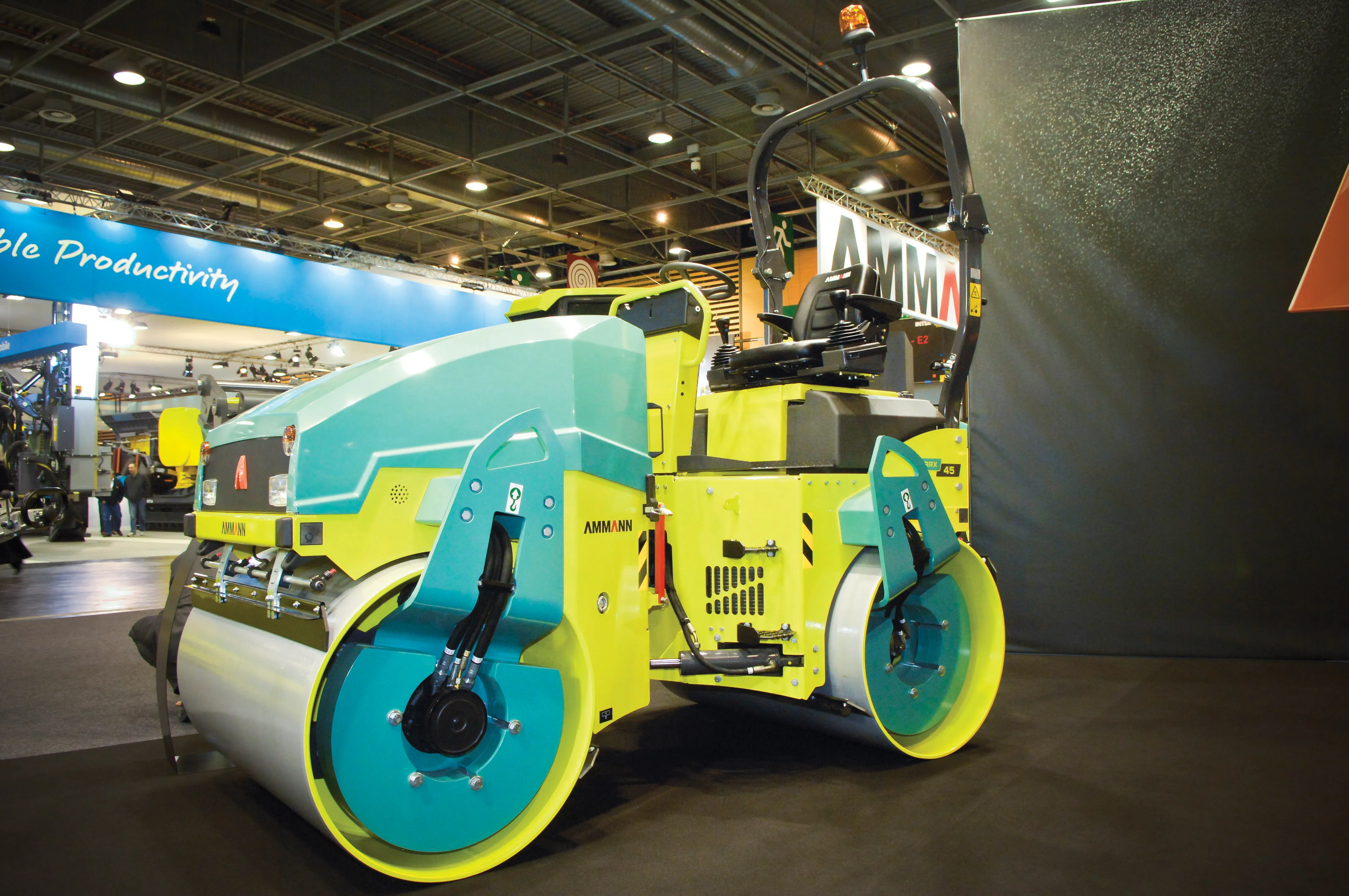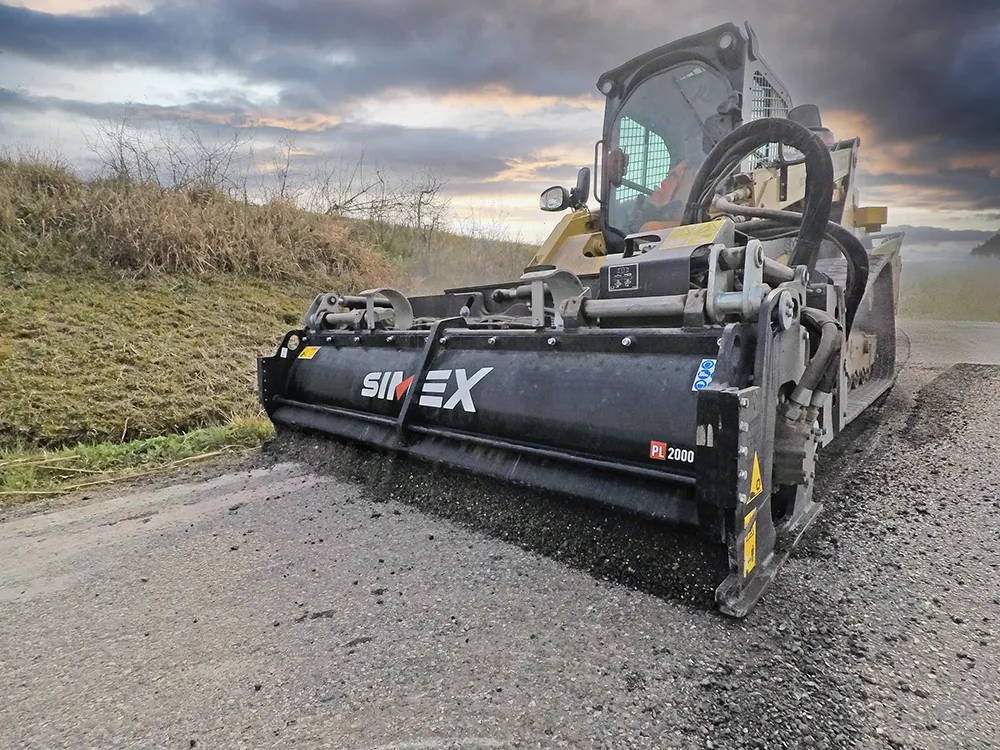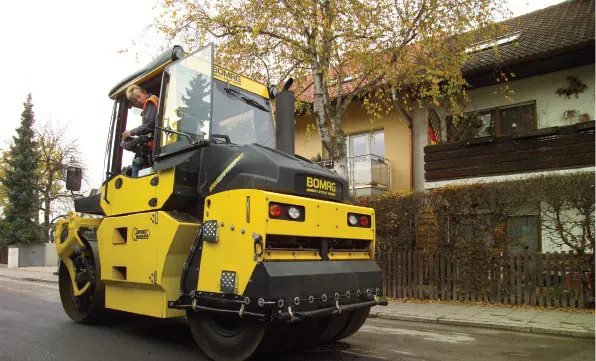Materials used to construct roads must meet defined standards to offer a variety of solutions including durability, smoothness and long life. The need for the regular testing of materials used in highway construction is now a must on all projects. It is essential to make sure that the materials used in producing roads meet defined standards and offer durability, smoothness and long life.
February 20, 2012
Read time: 8 mins

Materials used to construct roads must meet defined standards to offer a variety of solutions including durability, smoothness and long life
The need for the regular testing of materials used in highway construction is now a must on all projects. It is essential to make sure that the materials used in producing roads meet defined standards and offer durability, smoothness and long life.Indeed, in the USA, pavements constructed of hot mix asphalt (HMA) are typically designed to last at least 20 years. But, according to PennState [
The Superpave (SUperior PERforming Asphalt PAVEments) system was developed to give highway engineers and contractors the tools they need to design asphalt pavements that will perform better under extremes of temperature and heavy traffic loads.
The Superpave system primarily addresses two pavement distresses: permanent deformation, which results from inadequate shear strength in the asphalt mix, and low temperature cracking, which is generated when an asphalt pavement shrinks and the tensile stress exceeds the tensile strength.
"Superpave is an overarching term for the results of the asphalt research portion of the 1987-1993 Strategic Highway Research Program (SHRP), and it consists of (1) an asphalt binder specification, (2) an HMA mix design method and (3) HMA tests and performance prediction models. Each one of these components is referred to by the term Superpave," explains the Washington Asphalt Pavement Association.
There are other examples of the development of solutions. Indeed, it was during the peak of construction of the Italian highway system that asphalt and concrete testing equipment manufacturer
Such is the industry that it does not stand still for long, and while many basic tests have been around for some time, new and upgraded models are constantly being introduced.
SINGLE SYSTEM
The special feature of the machine is the integration of two distinct functions in a single system: the first allows the compaction of slabs of bituminous mixtures to a controlled density, the second is for performing the wheel tracking test. A "kneading" system is used for compaction and consists in positioning between the roller and bituminous mixture a series of sliding metal plates that are free to move vertically, guided by the internal mould surfaces. The wheel tracking test apparatus is the "small-size" type prescribed in the EN Standard. The integration of the two functions is made possible by the particular patented machine design: the cylindrical roller is replaced with two coaxial discs rolling along lateral projections of the sliding plates. On removing the plates, the discs may descend outside the edge of the mould, so contact between the bituminous mixture surface and the wheel of the wheel tracking apparatus may be made.
As for the mechanics, the machine is composed of a horizontal axis driven by a brushless motor coupled with a ball-screw assembly and by a vertical axis driven by a Bellofram cylinder controlled by a pneumatic servo-valve. There are three sensors installed in the machine: an incremental encoder for the horizontal axis position, a magnetostrictive sensor for the vertical axis position, and a load cell for force. Each of these sensors can be used as reference by the closed-loop, computercontrolled system with feedback: the user interface is a touch screen. The test area is enclosed within a climatic chamber with automatic thermo-regulation up to 60°C.
With the roller compactor, in order to obtain slabs of the desired density and size, an initial levelling cycle may be actuated that is intended for evenly distributing the mix in the mould. The compacting phase may be programmed with constant or increasing load, that is with increasing deformation. It is possible to set a defined slab thickness or the number of cycles.
The refined system of transduction, control and actuation of the roller compactor remains active during the wheel tracking test in order to compensate, insomuch as it is possible, the inertial effects of load mass due to irregularities in rut depth. Both the procedures prescribed by Standards may be performed.
POLISH ROADS
Meanwhile, To ensure the completed roads and pavements are up to the required quality standards, Cooper Technology of Ripley, near the city of Derby, UK, was awarded the contract to provide asphalt testing equipment to the laboratories involved in this massive and ambitious project.
Among equipment being supplied to laboratories at the General Directorate for National Roads and Motorways (
WORLD OF ASPHALT
At the recent World of Asphalt in Cincinnati, USA,Troxler's new Gyratory Shear Kit (GSK) measures the compaction effort by taking three load cell measurements simultaneously, monitoring the real-time internal forces acting on the specimen. From the analysed shear moment, the workability and stability of mixes can be predicted using the compaction densification indices.
"The GSK will also aid in predicting the behaviour of warm mix asphalt and RAP (reclaimed asphalt pavement) mixes," says Troxler.
The company also unveiled its SP-55 Quartermaster HMA sample divider, which is designed to handle the large samples required in Superpave specifications. It divides any HMA sample for quality control analysis with field samples of 55kg or more being quickly reduced while a large hopper reduces handling of hot material between procurement of initial field sample and production of laboratory samples.
THE CE MARK
According to Controls, the CE Mark [a mandatory conformity mark on many products placed on the single market in the European Economic Area/EEA, certifying that a product has met EU consumer safety, health or environmental requirements] has created new interest in the whole range of the bituminous mixes. Mastic asphalt specifications are defined in EN 13108-6 and, among all the tests characterising the material, one of the most important is represented by indentation test to EN 12697-20.Controls has just developed a specific machine to run this test, basically determining the depth of penetration of mastic asphalt when a static force is applied by a cylindrical pin. The Controls 80-B0163/C is said to dramatically increase the test operation, thanks to the new weight application system, allowing it to pass from unload phase to 25 N preload phase and then to 525 N load phase without the need to physically add the 50kg weights to the machine.
"An easy-to-use lifting system allows the load to be applied quickly and in very precise way, avoiding rough weight application affecting the test results. Additionally, the rule on the load application stem grants a continuous monitoring of the available penetration stroke, for a better positioning on samples with different heights," says Controls.
The 80-B0163/C is supplied complete with a basic set of accessories (1 and 5cm2 pins, water bath with outlet, 30mm dial gauge, steel spacer and calibration tool, and it has to be completed with just sample moulds/holders and water heater).
MARSHALL/TSR TESTS
AmongThe new HM-1327 and HM-1327TSR Load Frames are single speed load frames designed to perform Marshall and/or TSR tests on asphalt.
For those doing Marshall testing [an unconfined compression test on asphalt samples where the point of failure of the compacted mix specimen gives the stability value while the compression at this load gives the flow value] there is an upgrade available to the advanced HM-30005SW module-level software. A new TSR-specific module will be available soon.
"These new load frames provide a high quality load frame solution for those desiring a simple design with built-in data acquisition capabilities," says Humboldt.









